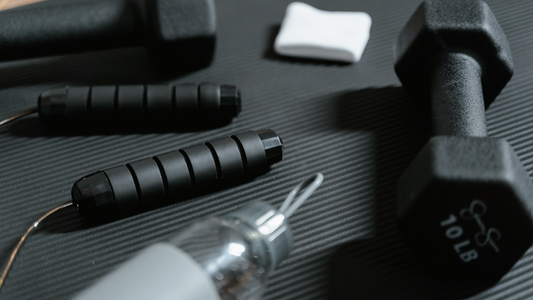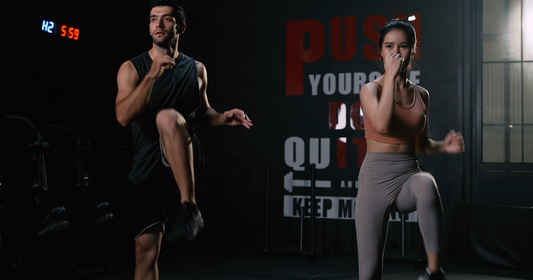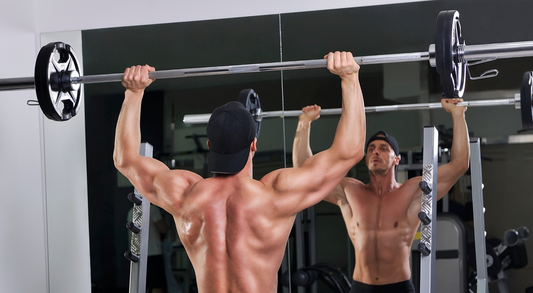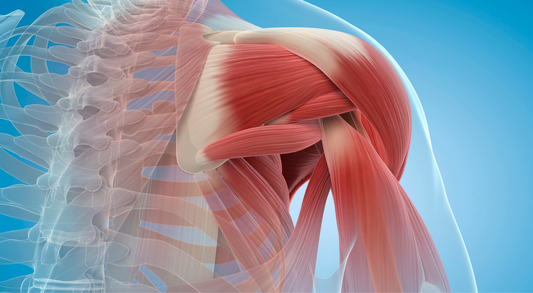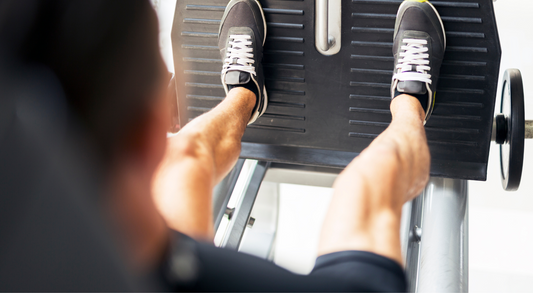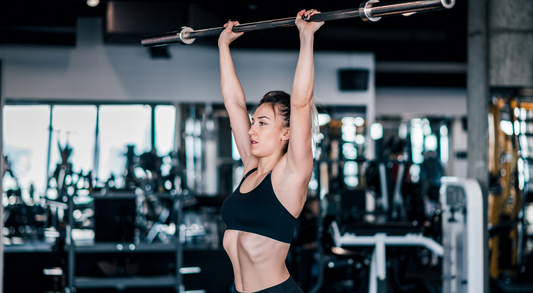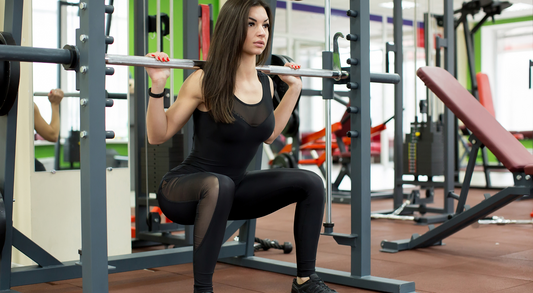Introduction
The low bar squat is a popular exercise among strength athletes for its effectiveness in building lower body strength. This article delves into the proper technique and benefits of the low bar squat, complemented by Voyager's insights.
Understanding the Low Bar Squat
The low bar squat differs from the high bar squat in bar placement, which shifts the focus to different muscle groups.
Proper Technique for Low Bar Squats
- Bar Placement: Position the bar lower on the back, just above the rear deltoids.
- Foot Stance: A slightly wider stance than the high bar squat is typically used.
- Hip Hinge: Emphasize pushing the hips back to engage the posterior chain effectively.
- Depth: Aim for at least parallel depth to fully activate the targeted muscles.
Benefits of the Low Bar Squat
- Targeted Muscle Engagement: More emphasis on the glutes, hamstrings, and lower back.
- Increased Load Capacity: Often allows for lifting heavier weights compared to the high bar squat.
- Improved Posterior Chain Strength: Essential for overall athletic performance.
Incorporating Low Bar Squats into Your Routine
Low bar squats can be integrated into your leg day or strength training routine. It's important to balance them with other exercises for overall leg development.
Voyager's Pre Workout for Enhanced Squat Sessions
Boost your squat workouts with Voyager's Pre Workout, designed to increase energy and focus for more effective training sessions. Explore it on our Pre Workout Product Page.
Common Mistakes to Avoid in Low Bar Squats
- Improper Bar Placement: Can lead to discomfort or injury.
- Inadequate Warm-Up: Increases the risk of injury.
- Poor Form: Can reduce effectiveness and increase injury risk.
The Importance of Mobility and Flexibility
Good ankle, hip, and thoracic spine mobility are crucial for performing low bar squats effectively and safely.
The Science Behind Squat Variations
Research indicates that different squat variations, including the low bar squat, can target muscle groups differently, leading to varied strength and hypertrophy outcomes. A study published in the National Library of Medicine highlights these differences.
Conclusion
The low bar squat is a valuable exercise for those looking to enhance their lower body strength and overall athletic performance. By mastering the technique and incorporating it into a balanced training routine, you can reap its full benefits. Voyager's range of products, including our Pre Workout, can further support your strength training goals.
For more fitness tips and information on our products, visit our Blog.






